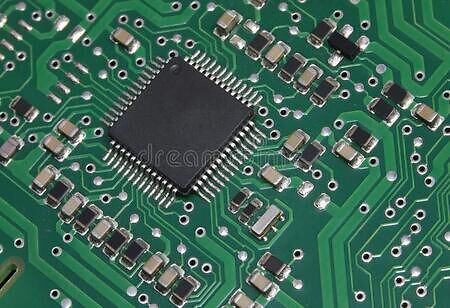
Can Transistors Become Tinier? The Tech-World Awaits Another Revolution


From toothbrushes to aircraft, everything runs on semiconductors. But in the aftermath of the pandemic, the semiconductor industry has seen a shortage in supply amidst an exponentially growing demand, majorly due to the supply chain disruptions and shortage of raw materials. The supply chains of the global semiconductor industry, which was badly affected during the COVID-19 period, saw further disruptions due to the Russia-Ukraine conflict. The conflict majorly affected the supply of neon and hexafluorobutadiene gasses, the major raw materials for manufacturing semiconductor chips used in the lithography process of chip production. The semiconductor chip shortage has impacted many industries worldwide, where auto and electronics industries have suffered the most.
Recently, the Gujarat government announced a new semiconductor policy to grab the attention of investors—the first state in the country to have a dedicated policy to support the semiconductor and display manufacturing sector.
It is a well-known fact that transistors are the building blocks of microprocessors, and they work as the brain of almost all electronic devices.
How was IC Invented?
Back in 1958’s summer days, Texas Instruments, an American technology company headquartered in Dallas, shut down the company for a two-week vacation. This was the practice they were following every year. But in 1958, even though they had new employees in the company, the organization asked Jack St. Clair Kilby, who had not yet earned his vacation time. Kilby dived headlong into the core problem of the day and began searching for a substitute to the in-practice miniaturization methods for circuits. As Kilby had experience in the Centralab in Milwaukee, he was familiar with the tyranny of numbers problem. He hypothesized that the only commodity a company could manufacture cheaply was a semiconductor. So through his experiments, Kilby was the first person in the world to propose and corroborate the fundamental concept of the monolithic semiconductor integrated circuit (IC that laid the foundation for today's leading-edge technology of LSI and VLSI chips.
We have come a long way since Jack Kilby developed the prototype of IC. The transistors on chips now size 90 nm. To give a perspective of the achievement, one can insert hundreds of these transistors in a single red blood cell. This rapid growth in miniaturization techniques was made possible by the vision of the prototype of Kilby and the shrewd practical improvements of Noyce.
Tiny Transistors
If we dissect a single piece of hair and look at the cross-section, we will not be able to see much because it is minuscule. But that tiny area can house thousands of transistors that can connect intelligently to build a complex circuit. Remember, this is one of the most challenging advancements in the science and the craft of circuit integration. It is also a daily affair of thousands of semiconductor companies across the world, where hundreds of thousands of engineers labor and brainstorm. But till now, it has been difficult to decrease the size of a transistor. The size of the current smallest transistor is three nanometers. As the shrinkage occurs, it increases the energy loss. If the transistor's size is minute, it allows the current to flow smoothly, reducing the energy loss.
Researchers from Sydney have recently developed a tiny, simple, transparent component that acts as an insulator in the transistor. The new material would enable what conventional silicon semiconductor electronics cannot do—get any smaller without compromising their function.
The research hypothetically proves the potential of producing large-scale two-dimensional field effect transistors, which help to control the current. According to the researchers, the experiment clears one of the crucial bottlenecks to solve the development of the new generation of electronics— augmented reality to flexible displays and new wearables, as well as many yet-discovered applications.
According to the researchers, it is tough to overcome the problem of the current semiconductor industry, but through tiny semiconductors, the gaps in the semiconductors applications can be filled. Simultaneously, the elastic and slim nature could enable the accomplishment of flexible and transparent 2D electronics.
Tiny Semiconductors Solving the Semiconductor Scaling Issue
The biggest benefit of smaller components is that they allow us to pack more functionality in the same volume in the digital circuits. Having more components means we can do more processing in the same time span. For example, a 64-bit processor can, in theory, process eight times as much information as an 8-bit CPU running at the same clock frequency. But it needs a large number of components, such as registers, adders, buses, and so on, all become eight times larger. So you’d need either a chip that’s eight times larger or transistors that are eight times smaller.

